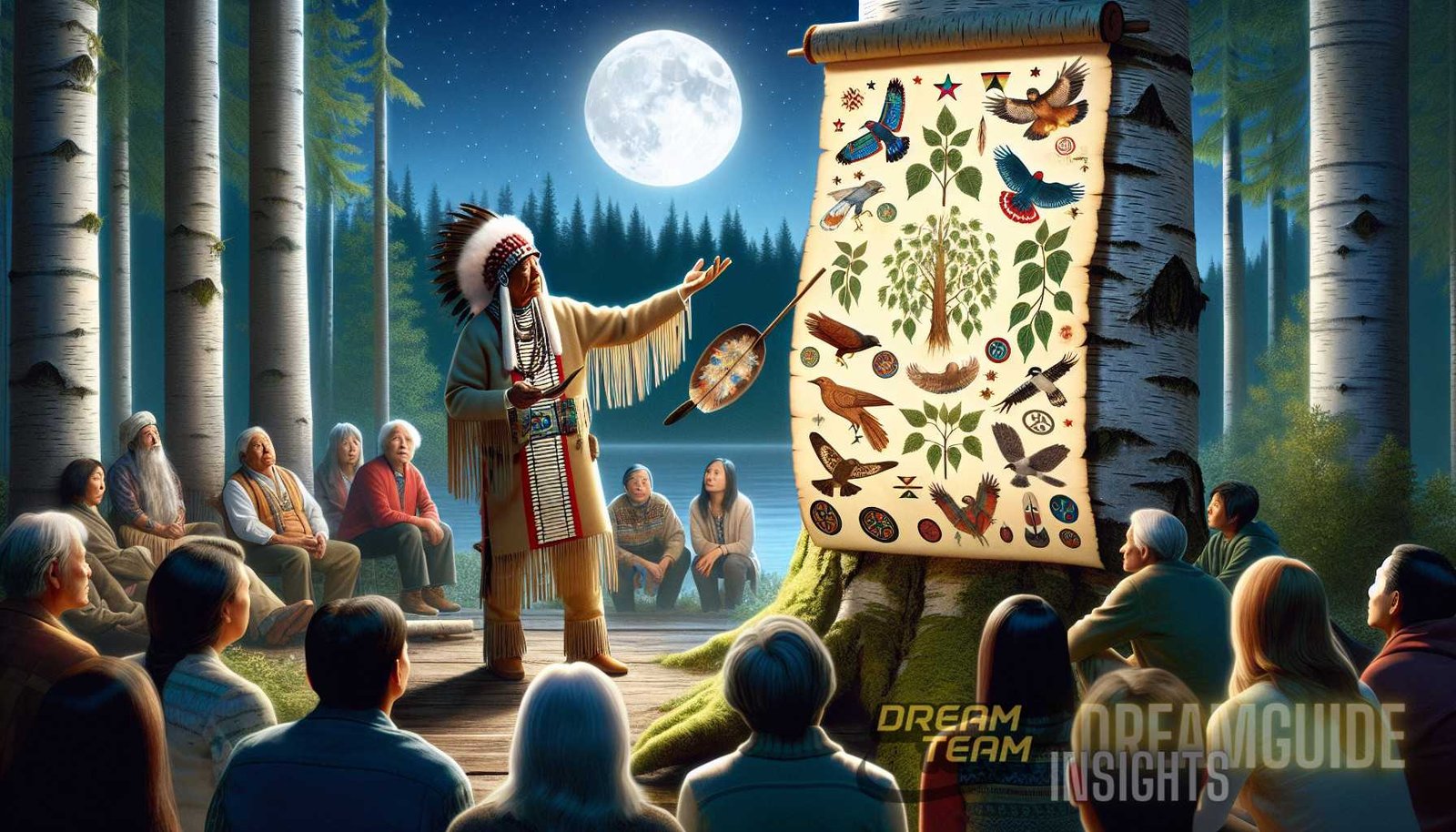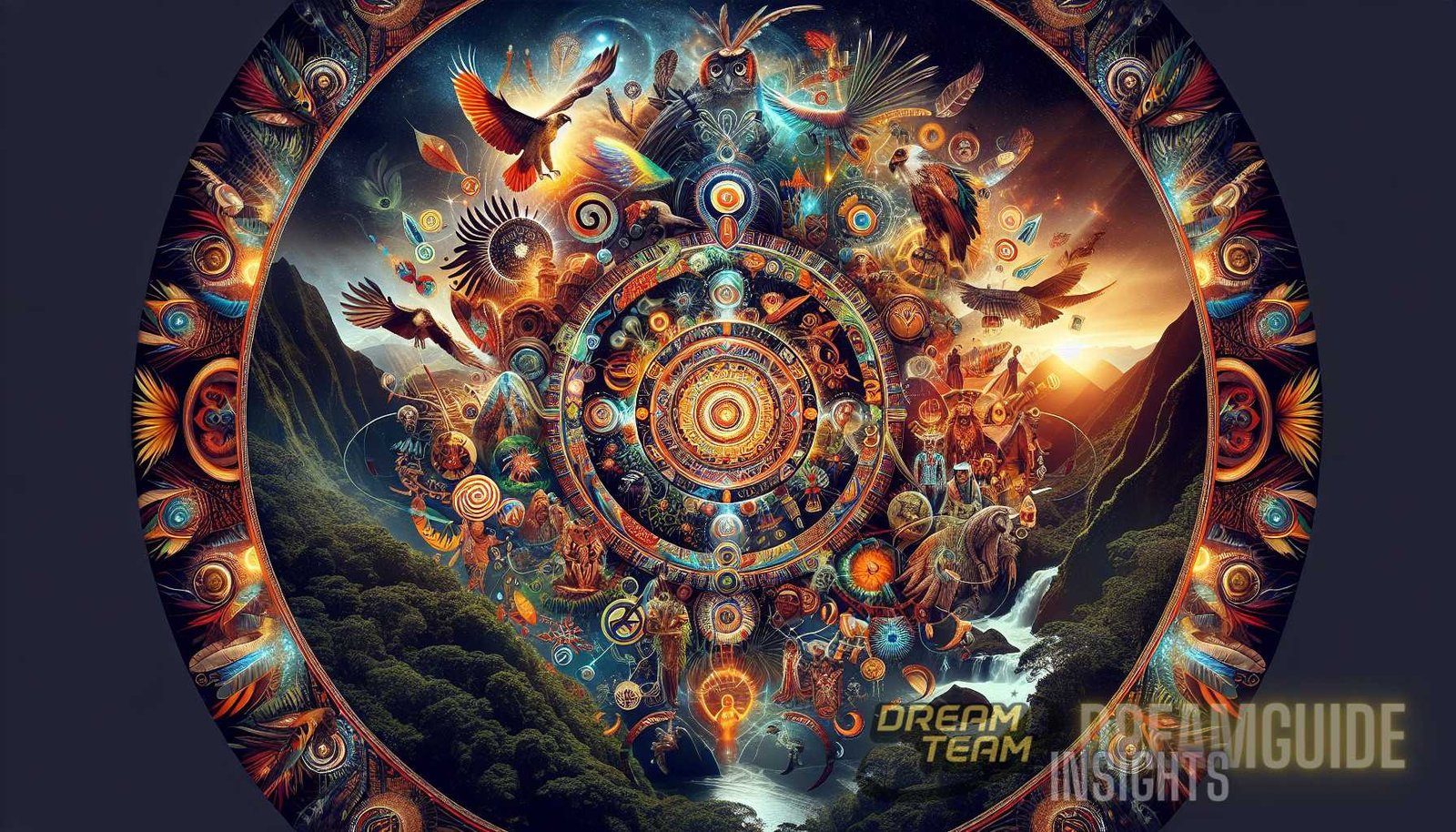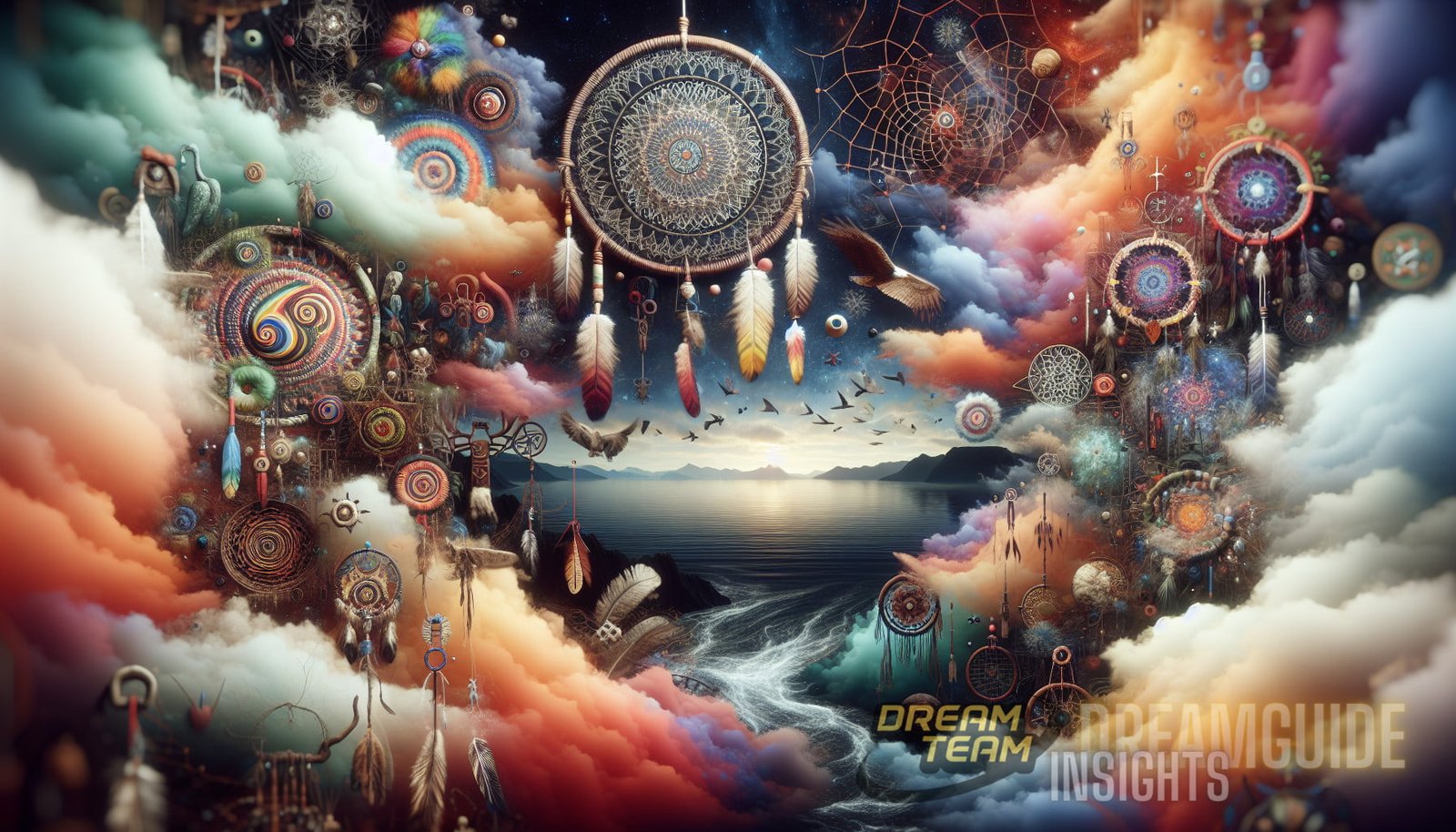Unveiling the Intertwined Tapestry: Cultural Perspectives through Indigenous Dream Symbols
Introduction
The tapestry of indigenous culture is intricately woven, with each thread representing a unique perspective and belief system. One such aspect of indigenous culture that is often overlooked or misunderstood is the significance of dreams and the symbols they contain. Indigenous peoples around the world have long held a deep reverence for the messages delivered through dreams, seeing them as a gateway to ancestral knowledge, spiritual guidance, and cultural insight. In this article, we will delve into the rich world of indigenous dream symbolism, exploring its profound connection to cultural beliefs and shedding light on the intricate tapestry of indigenous traditions.
The Spiritual Significance of Dreams in Indigenous Culture
Dreams hold a special place in indigenous culture, as they are seen as a powerful conduit between the physical and spiritual realms. Many indigenous cultures believe that dreams are a means of communication with the spirit world, ancestors, and deities. These dreams are often seen as messages or guidance from the spiritual realm, offering wisdom, healing, and insight into one’s life and the world around them.
In indigenous cultures, dreams are not merely seen as fleeting illusions of the mind, but as a tangible experience that holds deep meaning. They are believed to be a real and valid part of human experience, deserving of respect and attention. Indigenous dreamers often undergo specific rituals or practices to enhance their dream experiences and develop a deeper connection to their spiritual guides.
The Symbolism of Indigenous Dreams
Indigenous dreams are often filled with rich symbolism, representing cultural beliefs, values, and traditions. These symbols can take various forms, including animals, natural elements, ancestral figures, and mythical creatures. Each symbol holds its own unique meaning, often steeped in the rich history and mythology of the indigenous culture.
1. Animals: Animals hold significant symbolism in indigenous cultures around the world. They are often seen as spirit guides, messengers, or embodiments of certain qualities. For example, the eagle is revered in many indigenous cultures as a symbol of strength, wisdom, and spiritual connection. The bear, on the other hand, symbolizes courage, protection, and healing.
2. Natural Elements: The elements of nature, such as water, fire, earth, and wind, are deeply revered in indigenous cultures. They are seen as vital forces that sustain life and carry spiritual energy. Dreams featuring natural elements can symbolize the need for balance, harmony, or a deeper connection to nature.
3. Ancestral Figures: Indigenous cultures place great importance on ancestral connections and lineage. Dreams that feature ancestors or ancestral figures are often seen as messages from the past, offering guidance, wisdom, or protection. These dreams can be seen as a way of maintaining a strong connection to one’s cultural heritage and honoring the wisdom of ancestors.
4. Mythical Creatures: Many indigenous cultures have their own unique mythologies and folklore, which often include mythical creatures and beings. Dreams featuring these creatures can indicate a connection to ancestral stories, legends, or spiritual realms. These dreams may offer insight into one’s personal journey, spiritual growth, or the need to embrace the unknown.
Interpreting Indigenous Dreams: A Cultural Perspective

Interpreting indigenous dreams requires a deep understanding of the specific cultural context and symbolism involved. Indigenous dream interpretation often differs significantly from Western approaches, as it encompasses spiritual, cultural, and communal aspects.
In indigenous cultures, dream interpretation is often a communal activity, with the dreamer seeking guidance and insights from elders, shamans, or community members. The interpretation process involves listening to the dreamer’s narrative, understanding the cultural context, and applying the collective knowledge and wisdom of the community to decipher the dream’s meaning. It is a collaborative effort, reflecting the interconnectedness and communal nature of indigenous culture.
It is essential to approach the interpretation of indigenous dreams with respect, cultural sensitivity, and open-mindedness. Outsiders or those unfamiliar with the specific cultural context should refrain from attempting to interpret indigenous dreams on their own. Instead, they should seek guidance from indigenous experts or resources that can provide a deeper understanding of the cultural nuances and symbolism involved.
Preserving Indigenous Dream Traditions
Preserving and honoring indigenous dream traditions is crucial for the continued vitality of indigenous cultures around the world. As the world grows increasingly interconnected, indigenous cultures face numerous challenges, including cultural appropriation, loss of traditional practices, and the erosion of cultural identity.
Efforts to preserve and revitalize indigenous dream traditions include:
1. Cultural Education: Education plays a vital role in preserving indigenous dream traditions. Schools, universities, and cultural institutions can include indigenous dream symbolism and interpretation as part of their curriculum, promoting cultural understanding and appreciation.
2. Community Engagement: Encouraging indigenous communities to engage in dialogue and exchange knowledge can strengthen cultural identity and promote the preservation of traditional practices. Community gatherings, workshops, and festivals focused on indigenous dream traditions can help revitalize and transmit these traditions to future generations.
3. Indigenous-led Initiatives: Empowering indigenous individuals and organizations to lead initiatives focused on preserving their dream traditions is essential. Collaboration with indigenous elders, leaders, and cultural experts can ensure the accuracy and integrity of these initiatives, safeguarding the authenticity of indigenous dream practices.
4. Research and Documentation: It is vital to document and research indigenous dream traditions to provide valuable insights into their cultural significance and symbolism. Initiatives that involve indigenous researchers, scholars, and cultural experts can generate awareness and understanding of indigenous dream practices.
5. Cross-Cultural Exchange: Facilitating respectful and meaningful cross-cultural exchanges between indigenous and non-indigenous communities can promote mutual understanding and appreciation. It allows for the sharing of indigenous dream practices, fostering cultural dialogue, and building connections.
Conclusion
Exploring the tapestry of indigenous dream symbolism unveils a world of profound connections to cultural beliefs, spiritual realms, and ancestral knowledge. Indigenous dreams offer a unique lens through which we can understand and appreciate the depth and richness of indigenous cultures around the world. By honoring and preserving these traditions, we can contribute to the preservation of indigenous culture, foster cultural understanding, and celebrate the immense diversity of the human experience.
Internal links: – An article available at provides further insights into the cultural tapestry created by indigenous dream symbolism. – An article available at explores the significance of indigenous dreams in unveiling cultural beliefs and profound insights. External link: – For more information on indigenous culture and traditions, please visit Wikipedia.

